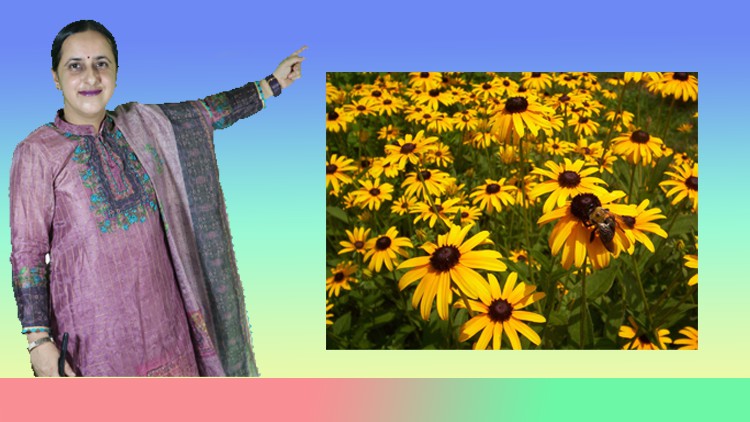
Nutrition In Plants Chapter 1 Class 7 Science
What you will learn
Q.1. Why do organisms take food?
Q.2. Distinguish between a parasite and a saprotroph.
Q.3. How would you test the presence of starch in leaves?
Q.4. Give a brief description of the process of synthesis of food in green plants.
Q.5. Show with the help of a sketch that plants are the ultimate source of food.
Q.6. Fill in the blanks:
(a) Green plants are called _________________ since they synthesise their own food.
(b) The food synthesised by plants is stored as _________________.
(c) In photosynthesis solar energy is absorbed by the pigment called ___________.
(d) During photosynthesis plants take in ______________________ and release __________________ gas.
Q.7. Name the following:
(i) A parasitic plant with yellow, slender and branched stem.
(ii) A plant that is partially autotrophic.
(iii) The pores through which leaves exchange gases.
8. Tick the correct answer:
(a) Cuscuta is an example of: (i) autotroph (ii) parasite (iii) saprotroph (iv) host
8. Tick the correct answer: (b) The plant which traps and feeds on insects is: (i) Cuscuta (ii) china rose (iv) pitcher plant iv) rose
Q. 10. Mark ‘T’ if the statement is true and ‘F’ if it is false:
(i) Carbon dioxide is released during photosynthesis. (T/F)
(ii) Plants which synthesise their food are called saprotrophs. (T/F)
(iii) The product of photosynthesis is not a protein. (T/F)
(iv) Solar energy is converted into chemical energy during photosynthesis. (T/F)
Q.11. Choose the correct option from the following:
Which part of the plant takes in carbon dioxide from the air for photosynthesis?
(i) Root hair (ii) Stomata (iii) Leaf veins (iv) Petals
Q. 12. Choose the correct option from the following: Plants take carbon dioxide from the atmosphere mainly through their: (i) roots (ii) stem (iii) flowers
Q.13. Why do farmers grow many fruits and vegetable crops inside large green houses? What are the advantages to the farmers?
Description
All living organisms require food. Plants can synthesise food for themselves but animals including humans cannot. They get it from plants or animals that eat plants. Thus, humans and animals are directly or indirectly dependent on plants
Plants are the only organisms that can prepare food for themselves by using water, carbon dioxide and minerals. The raw materials are present in their surroundings. The nutrients enable living organisms to build their bodies, to grow, to repair damaged parts of their bodies and provide the energy to carry out life processes. Nutrition is the mode of taking food by an organism and its utilisation by the body. The mode of nutrition in which organisms make food themselves from simple substances is called autotrophic (auto = self; trophos = nourishment) nutrition. Therefore, plants are called autotrophs. Animals and most other organisms take in food prepared by plants. They are called heterotrophs (heteros = other). Boojho wants to know how plants prepare their own food. Now we may ask where the food factories of plants are located: whether food is made in all parts of a plant or only in certain parts? How do plants obtain the raw materials from the surroundings? How do they transport them to the food factories of plants? 1.2 PHOTOSYNTHESIS — FOOD MAKING PROCESS IN PLANTS Leaves are the food factories of plants. Therefore, all the raw materials must reach the leaf. Water and minerals present in the soil are absorbed by the roots and transported to the leaves. Carbon dioxide from air is taken.
The leaves have a green pigment called chlorophyll. It helps leaves to capture the energy of the sunlight. This energy is used to synthesise (prepare) food from carbon dioxide and water. Since the synthesis of food occurs in the presence of sunlight, it is called photosynthesis (Photo: light; synthesis : to combine). So we find that chlorophyll, sunlight, carbon dioxide and water are necessary to carry out the process of photosynthesis. It is a unique process on the earth. The solar energy is captured by the leaves and stored in the plant in the form of food. Thus, sun is the ultimate source of energy for all living organisms. Can you imagine life on earth in the absence of photosynthesis! In the absence of photosynthesis there would not be any food. The survival of almost all living organisms directly or indirectly depends upon the food made by the plants. Besides, oxygen which is essential for the survival.